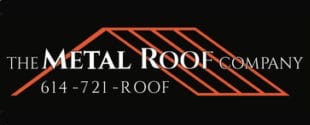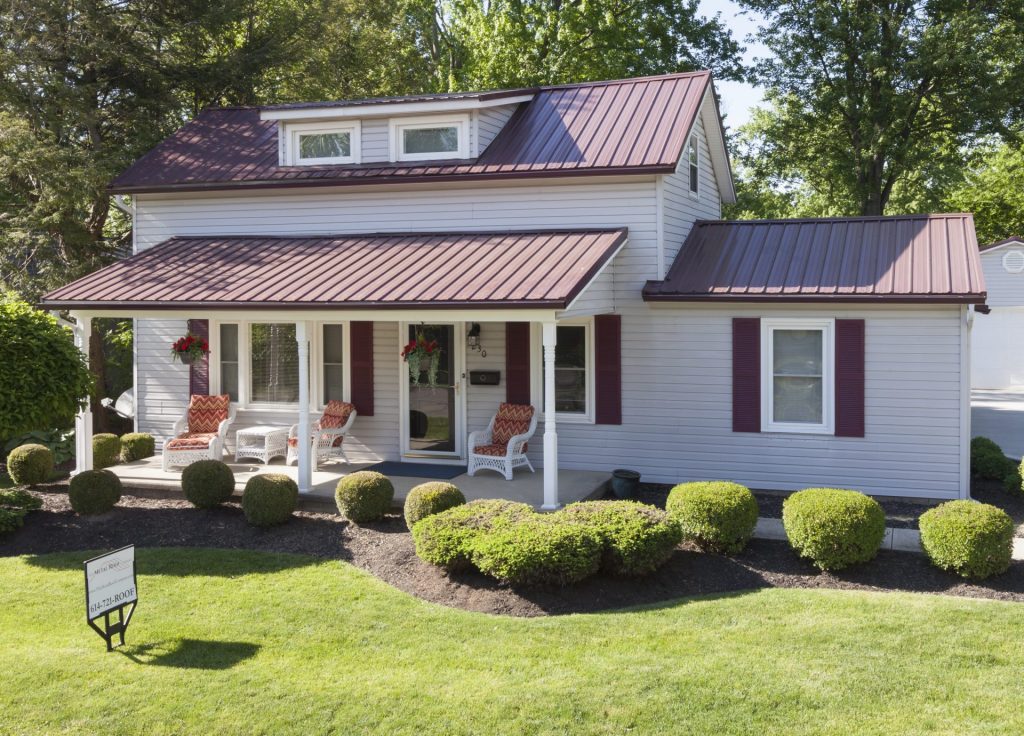A Metal Roof is the most energy efficient roof you can purchase. An asphalt roof will absorb and hold heat where a metal roof will reflect the heat from U.V. light away from your home—this keeps your house cooler in the summer. The secret isn’t in the color of the roofing material but in the paint that our metal manufactures use in the production of your metal roof. The paint is specifically designed to reflect infrared wavelengths. Metal companies list these ratings under each color. And there is a ‘cool roof’ tax credit and a website for approved metal roofs. You can find this at the Cool Roof Rating Council, where they list solar reflectivity and thermal emissivity values for hundreds of brands of roofing. Shingle/shake products simply are not as reflective as the these U.V. reflective metals. The Energy Star website notes that roofing material itself isn’t indicative of whether it earns an Energy Star rating, only its measured reflectance.
When comparing to a metal roof, metal is clean and asphalt is a wasteful mess. It’s lifetime is less than what it’s sold for and replacing it is a dirty job that goes on to break down in a landfill. Asphalt can’t perform as a quality Energy Star metal roof can over the course of 50 years—which is the lifespan of most metal roofing. This is why in more technologically advanced countries asphalt roofing is virtually non-existent. It’s prevalent here in the U.S. because asphalt shingles are so cheap and the profit margin so high.
“Cool” roof claddings work based on surface properties—1] initial reflectance, 2] “aged” reflectance, and 3] emissivity. The difference between the first and the second is how the shiny and smooth surface degrades to some degree over time—becoming duller and dirtier. With an Energy Star-rated roof product, ‘aged’ means after three years of standardized exposure. Emissivity is of key importance because heat not reflected becomes heat absorbed. You need high emissivity to re-radiate that absorbed heat. This is why the Energy Star label is applied to metal and not to asphalt roofing.

